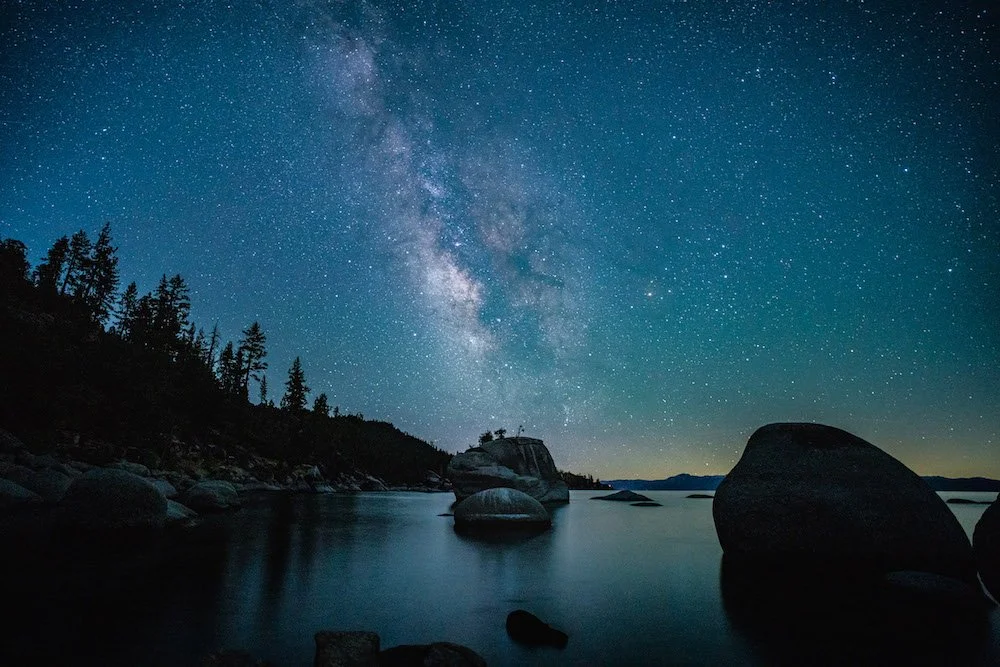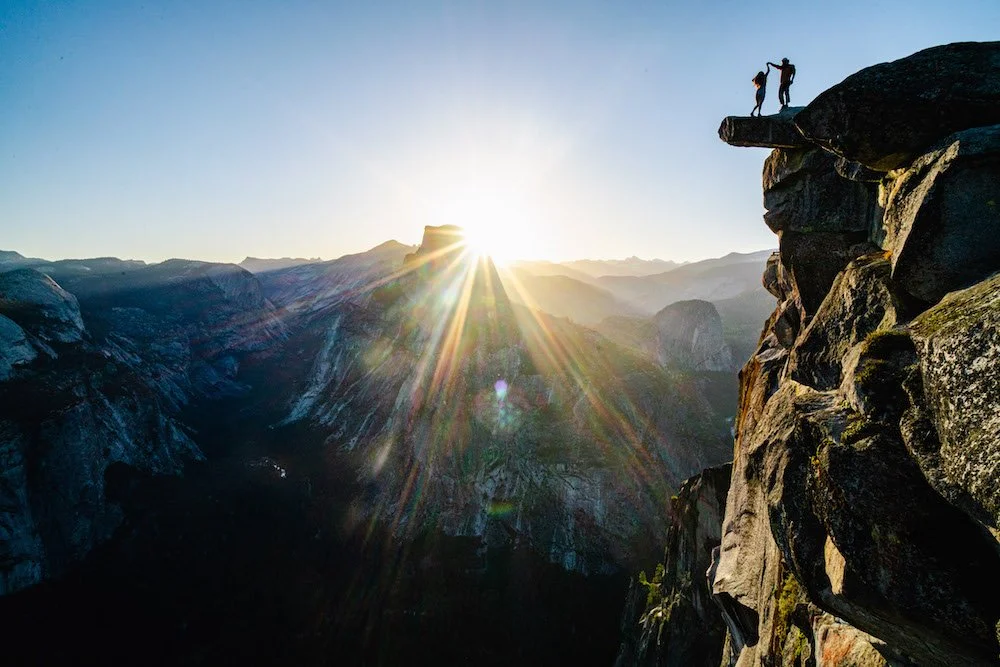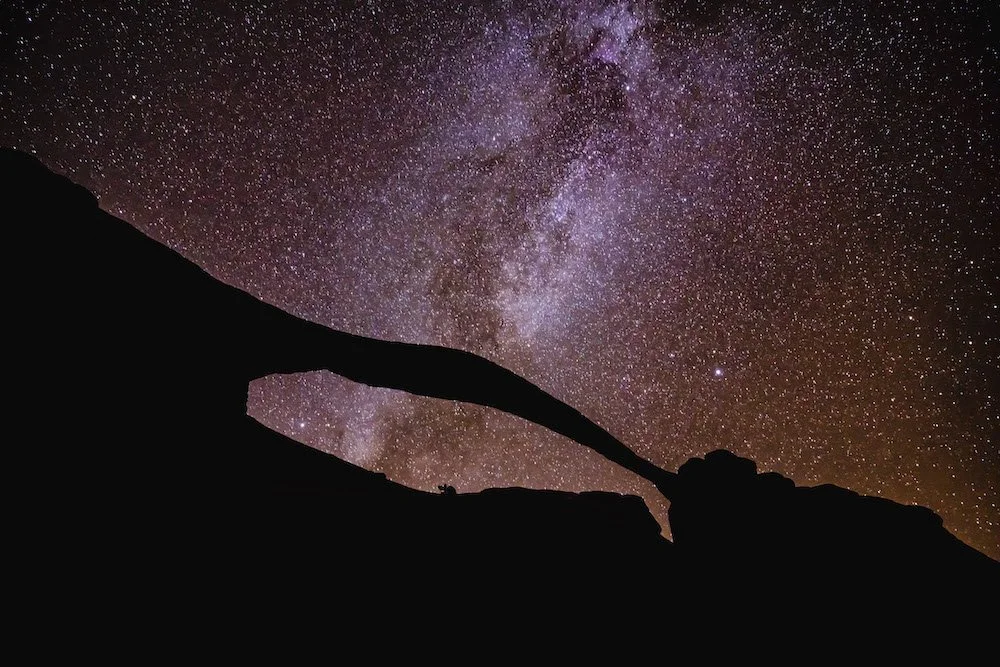On a monthly cycle, I spend most of my nights not sleeping and looking up at the stars. Moving across the sky throughout the night, I imagine an alien looking back upon us. If we spoke in the same language—odds are we wouldn’t—what would they say? Would they know our planet as the blue planet? Would we be friends?
During these sleepless nights, I become delirious, but that reward is well worth the fatigue. The night sky is a mystery to me, it always has been. More often than not, I prefer to wrap myself in my bed sheets, lay my head on the pillow, and drift into that safe and comfortable place. In my dreamland, I can fly and hold my breath forever. Everything moves a little bit slower, so I can manage the speed of life. BANG I snap back to life and am present with reality.
Life can be difficult. To get what you want, you have to work for it. Long hours and long nights. Sore legs, pain in your lower back, and blood-shot eyes are the badges I wear. Being a workaholic is not a dream, but it is a reality for the time being. My dream requires a long and arduous upfront load of work. As I build a life as a photographer, writer, and storyteller, I realized there is more than what meets the eye.
The milkyway over Bonsai Rock in Lake Tahoe. Photograph by Dalton Johnson
At first, I thought all I needed to do was point my camera in the correct direction, with good light, but that was ignorance. Those are definitely a couple of the ingredients, but not the whole pie. Plus, as I grow and learn about being a creative, I recognize that I also want to experience the journey with those I document. I want to climb the mount with the human, not just catch a ride to the top to snap a few summit stories.
The process, the journey, the hardship, the struggle, the endurance are why I am here. There could be short cuts, but I am not willing to take them. I am would be cheating myself out of the opportunity to learn and grow. If I choose to cheat, I wont ever reach my true potential, so I must endure.
It is this desire and passion which allows me to capture the movement and beauty which shines during these dark times. Especially on a crisp evening around Lake Tahoe.
how to Create a Time-Lapse
A time-lapse is a series of images played together to create a video. Since the typical framers per second (fps) in a video is 24fps, or 30fps, this requires the creator to take a minimum of 24 images to create a 1 second video.
How many images do I need to take?
Usually you export a video in 24 fps. So, if you want a one second video take 24 images. I prefer to have a 10ish second video, so I usually take 240 images.
What is the subject of movement?
When you are creating a time-lapse, asking yourself, “What is the subject of movement” will help you create better time-lapses. Why is this? A time-lapse looks best where there is movement. This can be the camera moving on sliders, or this can be
How long will the time-lapse take to record?
The time to record a time-lapse ranges based on two factors, your interval of shots and how many shots you take. So, break out your calculator and punch in this formula to figure out the time to record:
“Interval of shots” x “number of photograph” = total time to shoot time-lapse
Note: if you are photographing a time-lapse of the stars be aware of the time it takes for your camera to process an image. For example, I have the Sony a7r4 and if I take a 30 second exposure I need to add an additional 30 seconds for processing time making the total interval of photographs 1 minute.
Is my memory card capable of process this time-lapse?
As a general rule of thumb, any memory card that has a processing speed of 180mb/s fast enough to keep up with mirrorless cameras shooting a time-lapse.
Gear List Needed to photograph a time-lapse:
Camera (most mirrorless camera come stock with an “interval shooting mode”
Tripod (or a gimbal if you plan on having movement)
Fresh battery
Space in your memory card




